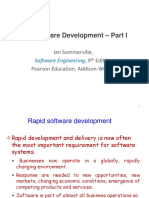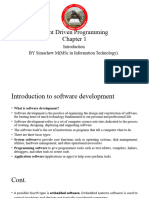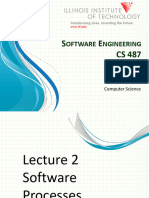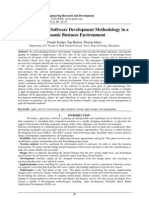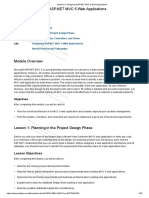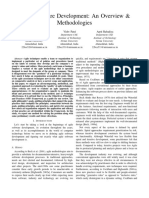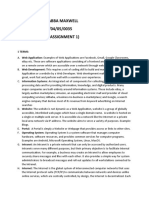0% found this document useful (0 votes)
20 views6 pagesUse of Web Application Frameworks in The Developme
The paper discusses the advantages of using web application frameworks for developing small applications, contrasting it with traditional methods that often lead to non-structured development. It highlights the benefits of frameworks such as faster development, enhanced security, and better code organization, while also addressing common concerns like complexity and learning curves. The authors present a case study comparing two versions of an application, one built from scratch and the other using the CodeIgniter framework, ultimately advocating for the use of frameworks even in smaller projects.
Uploaded by
esextpsjhynqjyojbuCopyright
© © All Rights Reserved
We take content rights seriously. If you suspect this is your content, claim it here.
Available Formats
Download as PDF, TXT or read online on Scribd
0% found this document useful (0 votes)
20 views6 pagesUse of Web Application Frameworks in The Developme
The paper discusses the advantages of using web application frameworks for developing small applications, contrasting it with traditional methods that often lead to non-structured development. It highlights the benefits of frameworks such as faster development, enhanced security, and better code organization, while also addressing common concerns like complexity and learning curves. The authors present a case study comparing two versions of an application, one built from scratch and the other using the CodeIgniter framework, ultimately advocating for the use of frameworks even in smaller projects.
Uploaded by
esextpsjhynqjyojbuCopyright
© © All Rights Reserved
We take content rights seriously. If you suspect this is your content, claim it here.
Available Formats
Download as PDF, TXT or read online on Scribd
/ 6






